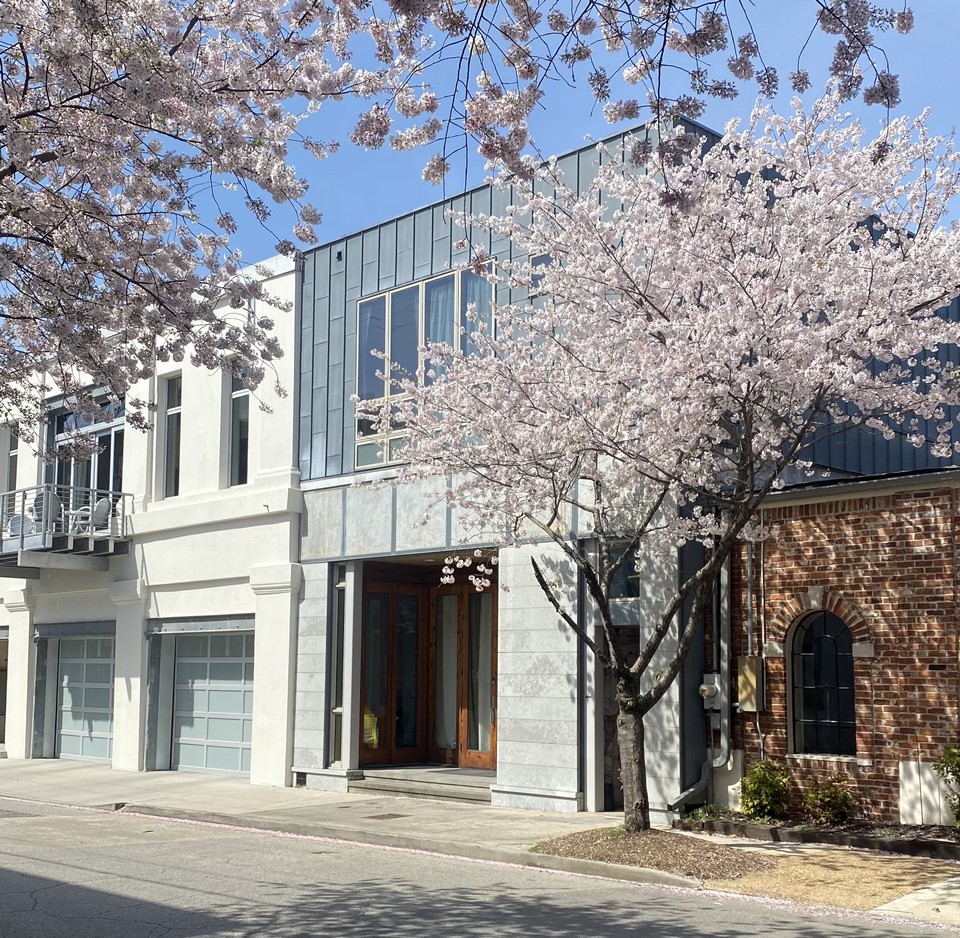Quint Stroder wrote this article in “Strong Towns” on June 12, 2020. The full text of the article can be found here.
The article discusses the importance of designing neighborhoods rather than just buildings to make housing more affordable. It highlights a presentation by Victor Dover at CivicCon, a speaker series aimed at enhancing civic understanding in Pensacola. Victor Dover, an expert in urban planning and sustainable development, emphasizes that affordable housing is a complex issue without a clear definition, as what is considered affordable varies by community and individual.
Dover explains that as cities become popular, housing supply often diminishes due to increased construction costs and zoning restrictions, leading to a gap where many households become cost-burdened, spending over 40% of their income on housing. This situation is exacerbated by stagnant wage growth and rising transportation costs associated with urban sprawl.
Dover advocates for a holistic approach to affordable housing that focuses on creating vibrant, livable neighborhoods. He stresses the importance of placemaking, where communities are designed to be inviting and functional. He encourages thinking in terms of “town crafting” rather than a utilitarian approach, which merely provides shelter. A well-designed city should be a hub for social and commercial exchange, inspiring and beautiful, while also being environmentally sustainable.
Key points from his presentation include:
- Aim High: A successful city plan should cater to everyone, balancing affordability and mobility while being aesthetically pleasing and resilient to challenges.
- Dignity in Housing: Affordable housing should not be synonymous with unattractive or undesirable living conditions. Mixing various housing types and prices within neighborhoods can enhance dignity and appeal.
- Transportation and Housing: Affordable housing must be considered alongside transportation options. Short commutes improve quality of life, and living in suburbs often incurs higher transportation costs.
- Revitalizing Downtowns: Many downtown areas have become underutilized, serving primarily as access points to highways. Dover advocates for transforming these spaces into vibrant areas where people want to live and work.
- Combatting Sprawl: Zoning often leads to urban sprawl, increasing land costs and environmental impact. By promoting denser development, communities can lower costs and better utilize land.
- Integrated Living Spaces: People prefer to live, work, and play in close proximity. Affordable housing near businesses can significantly benefit employees.
- Walkable Cities: There is a growing preference for walkable and bikeable urban environments. Expanding transportation options is essential for creating denser, more accessible cities.
- Utilizing Lost Space: Communities should identify and develop underutilized land, such as vacant lots or commercial parking areas, to reduce land costs and enhance housing availability.
- Building Street Scenes: Dover emphasizes the importance of creating inviting street scenes with trees and sidewalks to foster community engagement and attract residents.
- Encouraging Missing Middle Housing: There is a need for more diverse housing options, such as duplexes, triplexes, and small apartment buildings, to cater to the “missing middle” demographic.
- Accessory Dwelling Units (ADUs): ADUs, or mother-in-law suites, provide affordable options for young professionals and students, particularly in areas near universities.
- Narrow Lot Development: Building single-family homes on narrower lots can reduce costs while maintaining dignity and community appeal.
- Repurposing Commercial Spaces: Many areas have excess commercial space and parking lots that can be transformed into mixed-use developments, providing affordable housing options.
- Small, Incremental Projects: Instead of large, costly developments, starting with smaller projects can build trust within the community and lead to more successful outcomes.
- Community Focus

